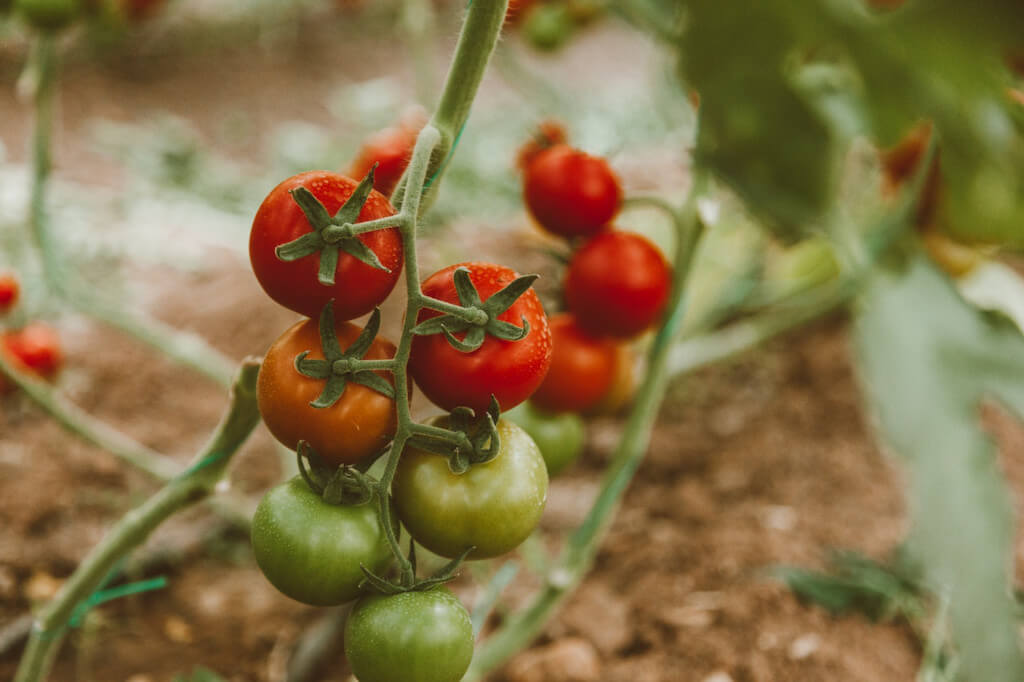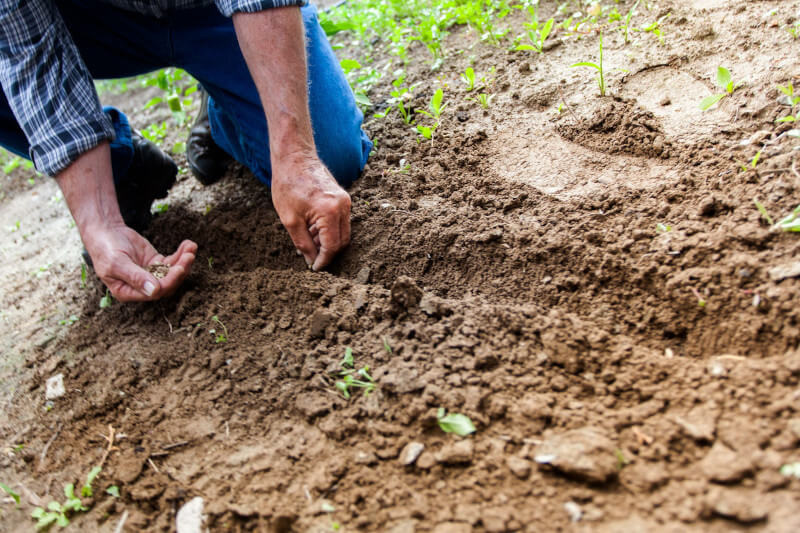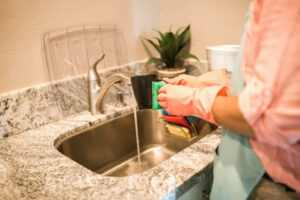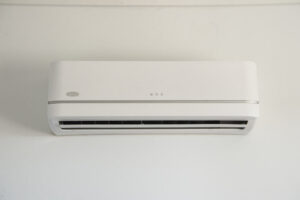
The ideal environment for the development of tomato seedlings is a sunny location with good drainage that is shielded from strong winds. The watering should be done frequently but only lightly.
Tomatoes are considered to be fruits according to botany because they are made up of the ovary and the seeds that were produced by a flowering plant. On the other hand, due to the significantly lower amount of sugar that it contains compared to culinary fruit, the tomato is classified as a “culinary vegetable.”
Planting tomatoes as a component of a crop rotation that spans three or even four years can help reduce the likelihood of diseases affecting the crop. In the rotation, you should avoid planting crops like potatoes, chili peppers, and sweet peppers because these plants serve as hosts to a variety of crucial tomato pests and viruses.
To reduce the risk of catching a disease or having an infestation of pests, you should make sure that the seedbed is separate from any tomato fields that are already in use and is open to the air (not Gail force wind, however).
The location ought to get plenty of sunshine, and the soil ought to ideally be composed of sandy loam that has good drainage. It should be prepared well, and you should make sure that it is fairly flexible. It should be fertilized, and lime should be added if necessary. In order to keep nematodes and weeds under control, you might also need to use fumigation.
To ensure that water can drain away effectively, the beds should be approximately one meter wide and fifty centimeters higher than the paths that connect them. There should be no elevated areas (too dry) or low areas (too wet) anywhere across the width of the beds; they should be level (too wet). Spread the seed out as thinly as possible in shallow furrows that are spaced between 100 and 150 millimeters apart, and cover it to a depth from between 10 and 15 millimeters.
To avoid the top layer of soil from drying out and cracking, irrigate the area sparingly but frequently. When transplanted, the approximately 250 grams of seed that were sown on 100 to 150 square meters should produce enough plants for 1 hectare. In the final 10 days, the seedlings should receive less water so that they can toughen up (don’t let the pants Beverly wilt though).
To guarantee that the plants can be removed from the soil with limited root damage, give the beds a decent dousing a day or two before transplanting. The performance of tender, lanky seedlings is inferior to that of short, sturdy, mildly hardened seedlings that are between 100 and 150 millimeters tall. To prevent the latter, the seedlings should not be sown too densely, an excessive amount of nitrogen-based fertilizer should not be used, and they should not be overwatered.
Tomato seedlings may arrive at the point of being ready for transplanting after approximately 30 days in warm conditions; however, in cooler conditions, this stage may not be reached for at least 60 days. Just the seedlings that have grown to the appropriate size should be transplanted. Those that are maturing gradually can be transplanted a little bit later when they are more mature, but it is less likely that they will do well in their new environment. Throw away any plants that are unhealthy, abnormal, or weak.
Hoist the plants cautiously so as not to cause any harm to the root system, and then place moist sacks over them until they can be transplanted. When they are ready, plant them in slightly damp soil. Place the plants in their new homes a little bit deeper than they were in the seedbed, compact the soil around the roots, and begin watering as soon as you can after the transplanting process.
Several Distinct Plant Spacings

Tomatoes for processing: These plants are rarely trellised, and the row spacing is defined by the straddle of the tractor and spray rig, in addition to the vigor and vine length of the cultivar that is being used. Make sure that the growth of plants is restricted to the tops of the bed, and doesn’t overflow into the path of the equipment that will be spraying and harvesting. This will prevent the plant growth from being trampled on during those processes. Plants should be spaced between 300 and 500 millimeters apart in rows that are 1.2 meters apart for a population density of between 16,000 and 28,000 plants per hectare.
Tomatoes for the table are typically grown on plants that are supported by trellises, and the rows are typically spaced between 1.4 and 2 meters (or even 3 meters) apart. The distance between individual rows can range anywhere from 300 to 500 millimeters.
Manufacturing of Seedlings
The amount of seed that is required differs depending on the environment in which the seedlings are grown. For one hectare’s worth of tomato plants:
- If you are planting in seed trays, sow somewhere around 100g and 200g of seed;
- Plant 250 grams of seed if you are going to use seedbeds;
- Plant up to about 2 kg if the seeds are going to be planted directly on the ground.
Tomato plants are almost never grown from seeds planted directly into the ground; instead, they are typically cultivated in seed beds or, more frequently, in seed racks (especially when using expensive hybrid seeds). After sowing the seeds at an appropriate temperature (between 20 and 35 degrees Celsius), the seedlings will spring up within six to nine days.
Timing for Sowing
- Cold areas (very misty): September to November
- Warm areas (moderate mist): August to December
- Hot areas : December to March; July to September



